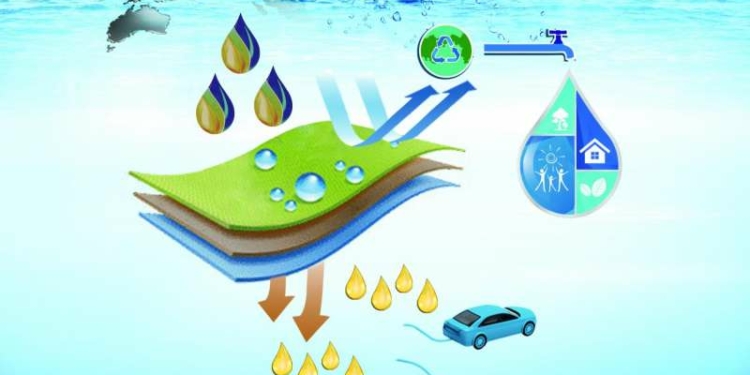source: Phys org news
Researcher Minho Kim has published his paper “A fast and efficient pre-doping approach to high energy density lithium-ion hybrid capacitors”.
Internal short-circuit method (ISC) is also called direct contact (DC) method. The pre-lithiated can achieved through direct physical contact between negative electrode and lithium metal with electrolyte in pressure.
In this method, the pre-lithiation process was completed by a self-discharge mechanism. Electrons will pass through the contact point between the lithium metal and anode in the effect of potential difference. The process of ISC is simple, fast and controllable.
In this paper, Pre-lithiated multiwalled carbon nanotubes and activated carbon(AC) materials were used as anode and cathode respectively for Lithium-ion capacitors (LICs). Pre-lithiated multiwalled carbon nanotube anode was prepared by internal short circuit approach (ISC).LICs have higher power density than lithium-ion batteries and higher energy density than the electric double layer capacitors(EDLCs).
LICs are capable of storing approximately 5 times energy higher than conventional EDLCs. LICs were considered to be one of the best energy storage device, which is expected to have broad prospects in electric cars, solar energy, wind energy and other areas.
This paper can be found in Nano journal.
































